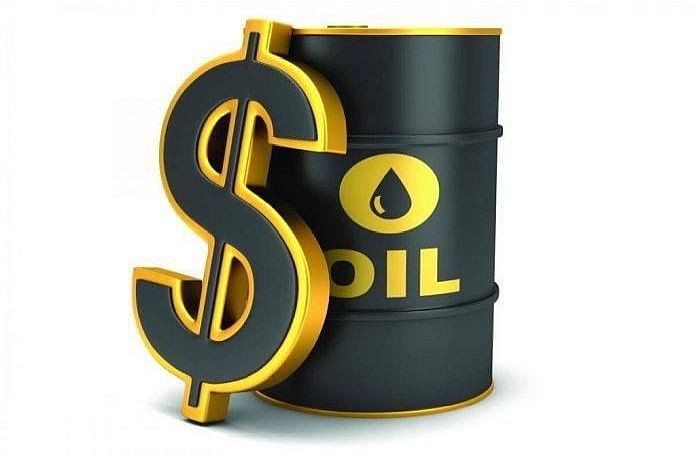By BDC
MONTREAL, Canada – Oil prices have remained at much more reasonable levels since the beginning of 2023. In early March, the main benchmarks reached US$82 per barrel for Brent and US$80 for WTI. Crude oil could fall further in the first half of the year.
The Federal Reserve’s tone worries the market
After a presentation to Congress by Federal Reserve Chairman Jerome Powell on March 7, oil lost ground on concerns that more interest rate hikes are ahead.
US economic data at the beginning of the year has come in too hot for the Fed to stop its tightening cycle and it will likely have to raise the federal funds rate more than is currently priced into crude.
Higher interest rates to slow the US economy will put further downward pressure on the price of oil. On the other hand, the US dollar has appreciated significantly against other currencies, making oil (denominated in US dollars on the world market) more expensive for international buyers.
The Chinese economy is slowing
China has set its economic growth target for 2023 at just 5 percent, the lowest level in recent history, with the exception of the COVID year of 2020. Last year, China grew by just 3 percent.
It appears the decision to abandon the zero-COVID policy will not be enough to restore the country’s pre-pandemic momentum in the face of slowing global demand, rising geopolitical tensions and a housing market crisis.
Chinese oil imports fell 1.3 percent in January-February 2023 from a year ago despite the reopening of the economy. This news from the world’s largest crude importing economy did nothing to improve the outlook for oil demand growth in 2023.
Prices should recover in the second half of the year
Short-term trends, therefore, point to price levels similar to what we are seeing now, but the outlook is brighter for a recovery before the end of 2023. The Organization of Petroleum Exporting Countries is aiming to keep production levels unchanged for the rest of the year. The cartel will likely have helped rebalance the market since the end of 2022.
As the year progresses, supply issues could push prices back up and remain a serious risk. Inventories could fall quickly as a lack of investment is already limiting production capacity in some countries. For example, Angola and Niger are still unable to meet their production quotas.
US production accounts for about 10 percent of global oil supply but is still recovering slowly from the pandemic. The US is producing at a rate of 12.3 mb/d which is still below the pre-pandemic level of 13.1 mb/d. And leading shale company executives expect future growth to be much slower, reaching a plateau in the coming years.
Bottom line…
Slowing global economic demand factors in the near term will contribute to oil prices falling further in the coming months, or at least remaining near their current levels. However, the longer-term crude market outlook will be dominated by supply issues. Prices could rise quickly in the last few months of the year.





